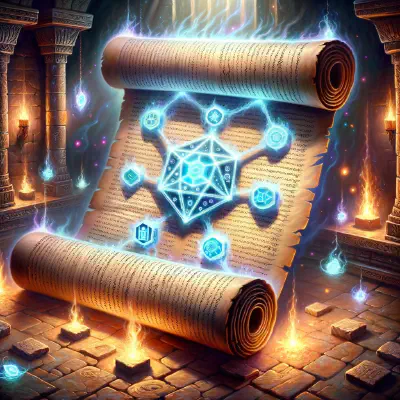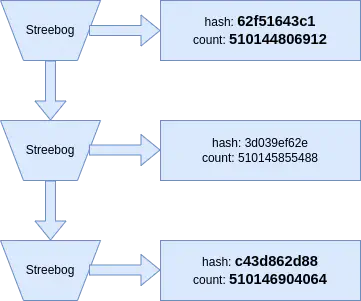Understanding Proof of History (PoH)
I remember the first time I stumbled upon blockchain technology – it was a realm of endless possibilities and innovation. Each day brought something new to the table, making it an incredibly exhilarating space.
Over the years, we’ve seen numerous consensus mechanisms vying for attention. Just when I thought I’d seen it all, along came Solana’s Proof of History (PoH), an elegant dance of cryptography that genuinely feels like a breath of fresh air in a room that was beginning to feel a tad stale.

What is that?
At its heart, PoH is a beautiful blend of time and cryptography. Instead of just saying, “Hey, this event happened,” PoH softly whispers, “This event happened exactly at this moment.” It’s not your conventional consensus mechanism but a testament to the event’s historical timestamp.
PoH isn’t just a timestamp. It’s the heartbeat of a system, providing an immutable record of events in chronological order. It doesn’t merely attest to an event’s occurrence but narrates the story of when it happened.
OK, but how does it work?
- Cryptographic hash sequences: At its essence, PoH employs a cryptographic hash function called SHA-256. Beginning with a random number, this function computes a sequence of hashes. Since computing these hashes takes measurable time and cannot be accelerated, they serve as proofs of computational work, and more importantly, of the passage of time.
- Timestamping with substance: As these hashes are produced, PoH injects unique, verifiable ’timestamps’ into the sequence at specific intervals. These are not mere markers; they’re cryptographic commitments that provide a historical record of time’s passage.
- Validators and trust: Validators can use these committed timestamps to verify the order and time of events. This eliminates the need for them to trust or synchronize with other validators about the sequence of events in the system.

Quack-quack, let’s get quacking!
Imagine you’re coloring a drawing, and for every color you use, you place a special sticker on the page to remember the order. PoH is like those stickers but for computer actions, telling a story of ‘what came before what.’
- Coloring with codes: Think of PoH as using special crayons (called cryptographic hash functions). When you color with one crayon (or use this code), it takes a certain time, and you can’t rush it. This time is like a promise you can’t break.
- Special stickers for special moments: As you color your masterpiece, you place a unique sticker at specific spots. These aren’t just any stickers; they’re like magical badges that tell everyone when you colored that part.
- Sharing your drawing: When you show your drawing to friends (or validators), they can look at the stickers and know the story of your coloring without having to watch you do it.
Let’s get pseudohypermegaquacky
- Think of a digital stopwatch that’s never been started before. It’s at zero, waiting to kick off.
- When we initiate PoH, it’s like starting that stopwatch. But instead of just ticking seconds, it’s generating unique codes (or cryptographic hashes) as it goes. Each tick is a unique moment in time that can’t be replicated.
- Every time something noteworthy happens on the blockchain, like a transaction, it gets recorded along with the current “tick” of our special stopwatch. This ensures we know exactly when that event happened in relation to everything else.
- Over time, this creates a sequential chain of events, each tied to its unique tick. This is like a string of dominoes, where each domino represents an event, and the order is essential. You can trace back through the domino line (or event line) and see the precise sequence of how they fell (or occurred).
- Now, when new participants (or nodes) join the blockchain, they don’t have to ask everyone about the order of events. They can look at this chain of memories, verify it using the special ticks, and be sure of the sequence of events. It’s like watching a recorded domino fall – even if you weren’t there when it happened, you can see the exact order from the recording.
- Once everyone agrees on the order of events thanks to PoH, the actual consensus mechanism can validate and finalize the transactions. PoH sets the stage, ensuring no time is wasted debating the sequence of events.
Conclusion
In essence, Proof of History offers the Solana blockchain a way to keep track of time and order, ensuring that everyone can agree on the sequence of events in a streamlined manner. It’s a foundational layer that ensures everything runs smoothly, efficiently, and trustlessly.